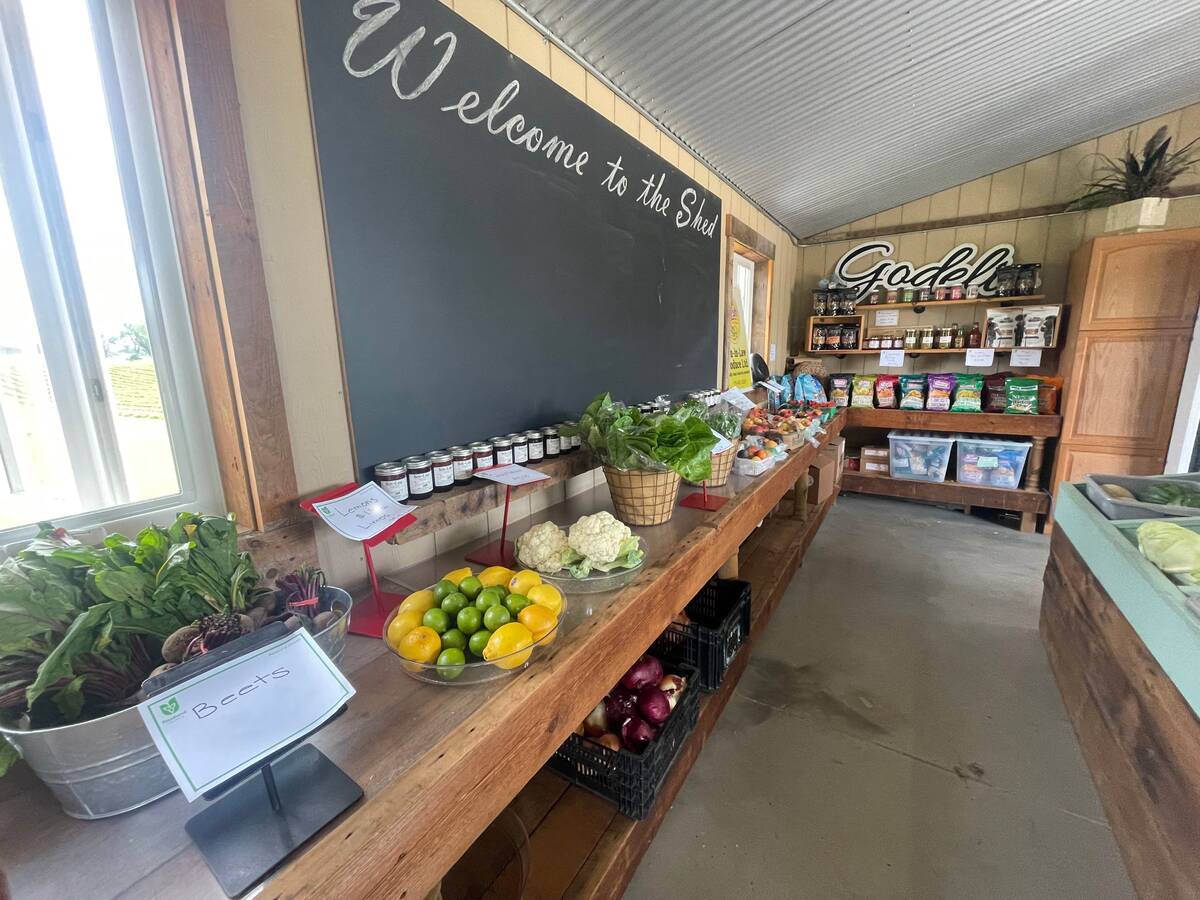The recipe for building race, culture and gender inclusion in the workplace is simpler to follow if the ingredients are cultivated organically within an organization.
“Diversity and inclusion are separate and apart from the word equity because equity is basically just access,” Leslie Coleman told attendees at the Advancing Women in Agriculture virtual conference in November. “Diversity and inclusion have much deeper meanings.”
Why it matters: Inclusion requires fostering a nurturing approach and an effort to understand people, their backgrounds and their experiences, says a corporate speaker.
Read Also

Ontario farms are a small business backbone but red tape delays and obstacles hinder growth
Farms are part of Ontario’s small business backbone, whether Ontario-grown livestock, grains or horticulture foods and farm products are bought on-farm, at a local market, or at the local store.
Coleman, Nutrien’s vice-president of Equity, Diversity and Inclusion, said creating inclusion through policy language isn’t enough to foster change or encourage every employee to thrive.
While words look good on paper, it’s no different than inviting someone to a party only to have them stand on the sidelines while everyone else is on the dance floor.
“A recipe for success is when you lean into conversations that are sometimes difficult,” said Coleman. “When you lean into conversations that sometimes add complexities – that takes courage.”
Nutrien cultivated a ‘culture of care,’ giving priority to employees’ physical and psychological health, said Coleman. It seeks to ensure employees feel safe, comfortable and accepted at work.
When Nutrien set a goal to feed 10 billion people by 2050, it knew it would require a diverse team, so it examined workforce demographics to identify gaps.
Approximately 15 per cent of the world’s population has a visible or invisible disability, most of which are not discussed or acknowledged in the workplace, Coleman said.
Additionally, more than 40 per cent of Canada’s Indigenous community is younger than 25, compared to 30 per cent of the non-indigenous demographic, which often results in missed labour force opportunities. Coleman said it’s meaningless to add diversity without inclusion.
“We must remove barriers as it affects all walks of life. Inclusion in the workplace means ensuring that every employee is given the room to thrive,” she said.
“Do you have the room to thrive? Do you feel like your environment is supportive of you being successful? Well, that’s the room to thrive. And if diversity concerns building a workforce of all people, then we’ve got work to do.”
Inclusion may require people to face uncomfortable and sometimes anxiety-causing conversations around gender, race, sexual orientation and class.
“We just don’t know how to approach the topics,” she said, adding 27 per cent of respondents to a recent United Kingdom study admitted to pretending not to listen when people discussed sexuality at work. Another 16 per cent excused themselves when the topic of age arose.
In the same study, 1,500 workers, or 40 per cent of respondents, were afraid to use the descriptor ‘Black’ when discussing race at work, and one-fifth used ‘diverse’ as an umbrella term referring to people of different races, ethnicities, religions, sexual orientations, gender and disabilities.
“Inclusion is seen as a universal human right. . . (and) aims to embrace all people, irrespective of race, gender, disability, medical needs, religion or other,” said Coleman. “It’s about giving equal access and opportunities and getting rid of discrimination.”
She advises people to correct themselves if they make a mistake in discussions and apologize for any offence it may have caused.
“We all have room to grow, and it’s OK. But that does not keep me from continuing to learn from my own errors, to learn from my own statements.”
Coleman said the keys as a workplace leader to improve inclusion are to be aware and empathize, not make assumptions, ask questions to learn about cultures, build trust and overcome language barriers.
Through a ‘culture of care,’ a caring space can be created where colleagues feel respected, valued individuals who bring unique experiences to the table and receive supportive energy and commitment from leaders, colleagues and others.
A higher level of work can result, said Coleman.
“Active listening is important, and engaging in the conversation is critical,” she said. “Lean into discomfort, be willing to challenge yourself and others.”
Coleman said society must tap into the courage to care, step into the ability to exhibit passion and provide everyone with a seat at the table.
“We are in one of the largest historical divides you’ve ever seen as it relates to race and culture. You’ve experienced things in the society today that have created societal concerns for the future,” said Coleman.
“As a group, we’ve got to make an impact. If we don’t continue to make an impact, the world won’t change. We’ve got to serve as the change we want, to be the change we want to see.”













